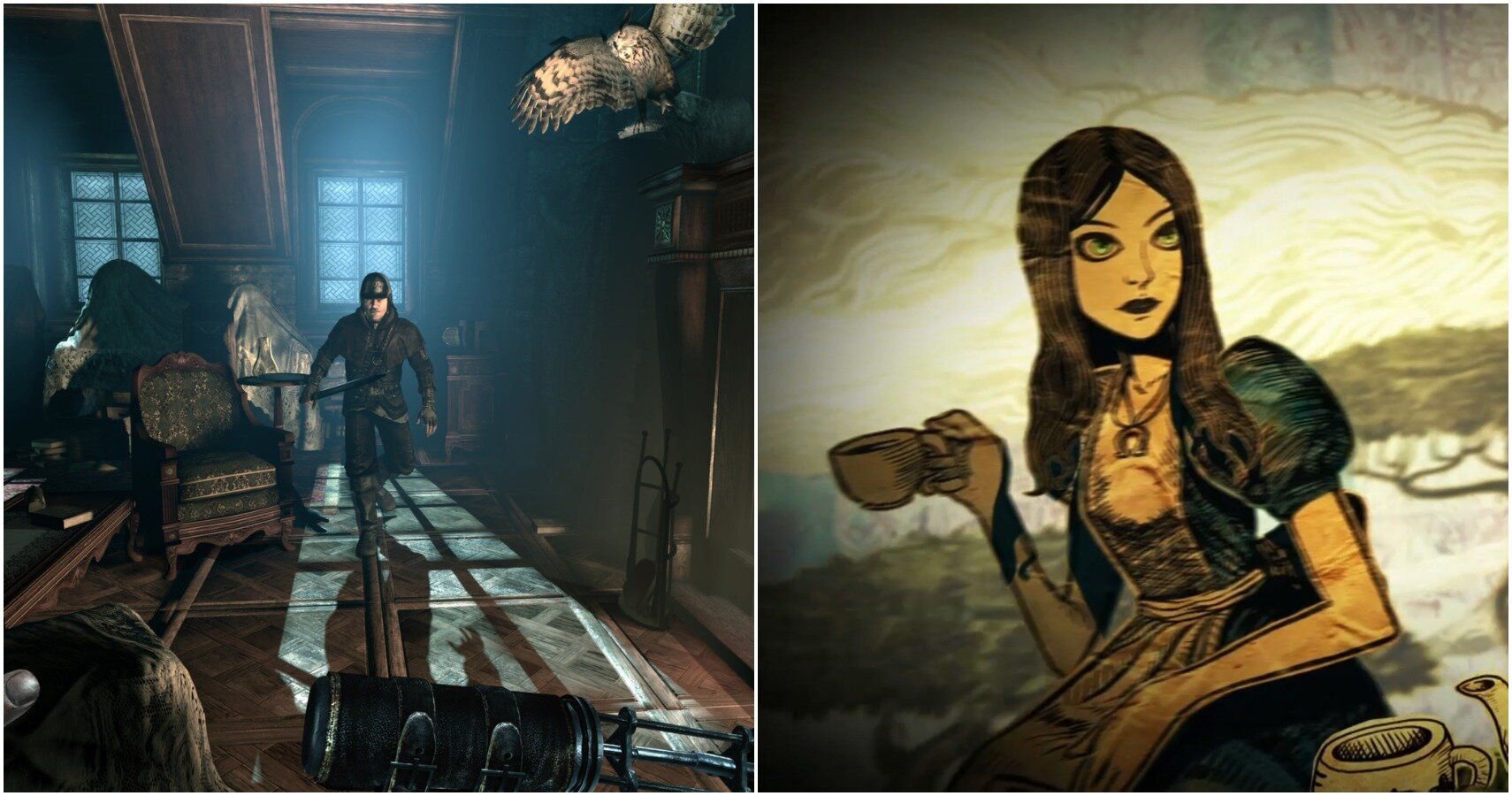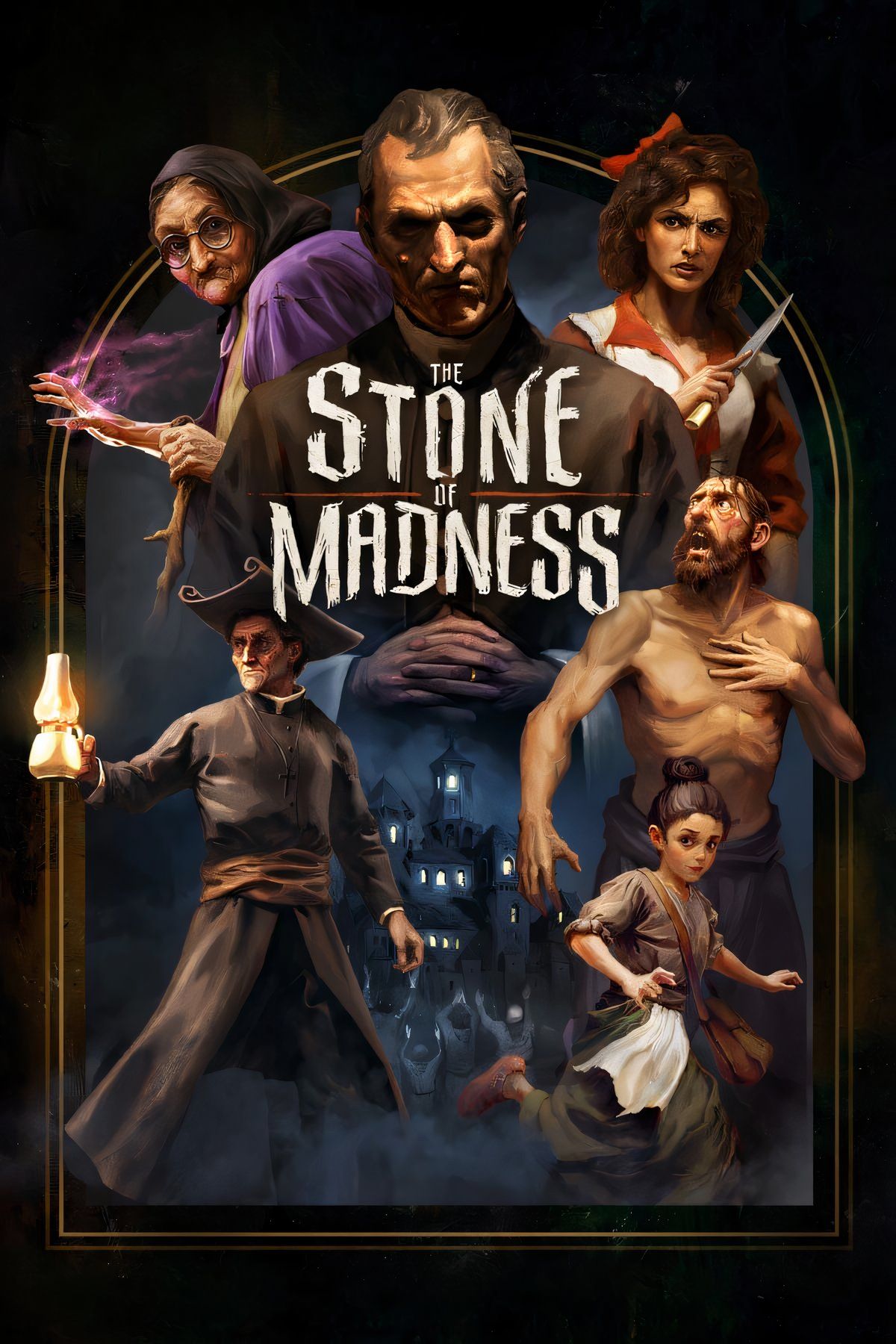The art of The Stone of Madness is one of its most important aspects, giving the game an incredibly distinct look. A big part of what sells The Stone of Madness‘ art direction is its roots in the paintings of Francisco Goya.
The Game Kitchen’s The Stone of Madness is a strategy stealth game with an isometric perspective and some strong artistic direction. Taking cues from traditionally animated films, the game uses hand-drawn animation on top of hand-painted backgrounds, depicting an isolated monastery in the Pyrenees—one corrupted by its ties to an inquisitorial prison and an abusive asylum complex. The game takes inspiration from numerous corners of Spanish culture, with one of its foundational influences being the work of Spanish painter Francisco Goya, whose uniquely dark vision of human emotion and madness is self-evident in The Stone of Madness.
8:03

Related
27 Games That Take Place In The Victorian Era
The Victorian Era can make for a great setting for a game, but not many titles utilize its setting. These are some games that do.
How Francisco Goya Inspired The Stone of Madness
Francisco de Goya was a Spanish romantic painter and widely considered the most important Spanish artist of his time (the late 18th century and the early 19th century). His work has achieved worldwide notoriety, with an incredibly varied portfolio that includes some of the most famous paintings of all time. His work, especially some of his darker art (much of which can be found near the end of Goya’s life), greatly inspired the Stone of Madness team.
Yard With Lunatics And The Beginning of The Stone of Madness
In an exclusive article revealed to Game Rant, the team behind Stone of Madness spoke about how Goya played a crucial role in getting the ball rolling. In particular, they highlighted two paintings as inspiring the game, those being ‘The Extraction of the Stone of Madness‘ (1501-1505) by Jheronimus van Aken and Goya’s ‘Yard with Lunatics‘ (c1794).
While the team eventually had to stray from the darkest elements of Goya, deciding on a direction that they found “more approachable than Goya’s Black Paintings,” it’s easy to see how this piece could inspire The Stone of Madness‘ art. The game centers on the idea of madness, taking what might be a dated term and humanizing it, encouraging the player to show concern for the various afflictions the game’s characters cope with. Yard with Lunatics is an excellent starting point for this, taking place in a violent mental hospital, one that directly inspired the abuse directed at the inmates in The Stone of Madness.
Madness In Goya’s Works
Furthermore, the concept of madness, which is (of course) a core element of The Stone of Madness, is found throughout Goya’s works. Yard with Lunatics does a lot to demonstrate this, with colours that express the dirt and distress of a run-down mental institute, and with incredibly severe expressions. The expressions in the painting don’t easily map onto recognizable human expressions, avoiding naturalism in their approach, and yet the arrangement of lines and shadows portrays madness and anguish all the same—capturing these brutal realities in untainted, unrestrained forms.
This is something Goya leaned into all the more with his Black Paintings. The Black Paintings are a series of 14 paintings that were completed between 1820 and 1823, and demonstrate the darkest elements of Goya’s work. Goya pushes the limits of human expression to radical extents, particularly with pieces such as Saturn Devouring His Son (1820-1823), which shows a depth of sadness and crazed desperation that’s reflected in some of Stone of Madness‘ character portraits. When characters fall deeper into their own mental anguish, their portraits in-game change to reflect their spiraling state. This is where the art team pushes character expressions the most, and where they pushed even harder in the game’s concept art. Some of this concept art is especially reminiscent of the Black Paintings, but the more abstract elements were reined in with the final game.

The Stone of Madness
- Released
-
January 28, 2025
- ESRB
-
Mature 17+ // Violence, Blood, Sexual Content, Nudity
- Developer(s)
-
The Game Kitchen
- Engine
-
Unity
- Steam Deck Compatibility
-
Unknown

